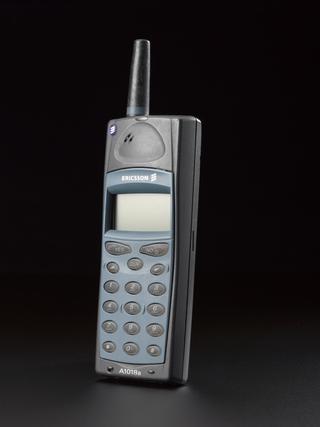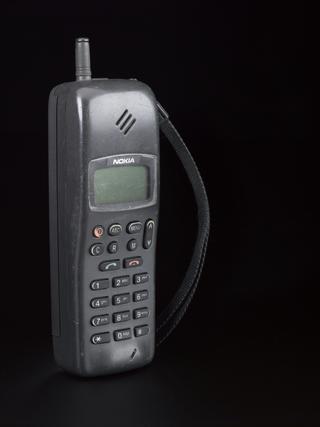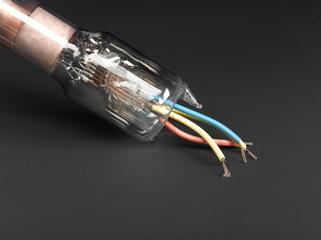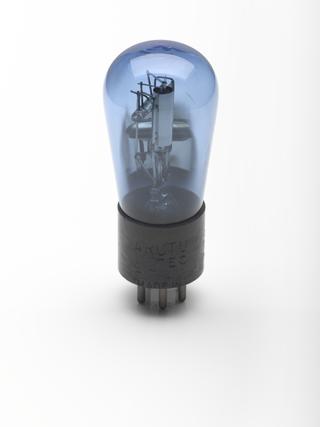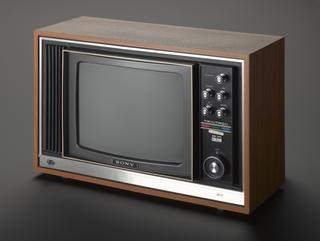
Sargrove sprayed circuit radio receiver production prototype, 1936-1948
- Made:
- 1936-1948 in Walton-on-Thames
- maker:
- John Adolph Sargrove






Sargrove sprayed circuit radio receiver (production prototype), made by John Sargrove, Walton-on-Thames, Surrey, England, 1936-1948.
John Sargrove was a pioneer of Electronic Circuit Making Equipment (ECME), in order to automate the process of making radios. ECME could automatically produce complete radio circuit panels ready for assembly, at a rate of three per minute. A pre-moulded Bakelite panel was grit blasted, sprayed with metal and graphite, milled, lacquered and tested, emerging 20 seconds later for final assembly. The panels then only required a few components such as valves to be inserted by hand, and the completed assembly was fitted into a cabinet. This is a production model made by Sargrove, probably between 1936 and 1947. His idea was never taken up generally, partly because it was seen as a threat to jobs, but represents the first modern approach to automatic operation in electronic manufacture.
Details
- Category:
- Electronic Components
- Object Number:
- 1964-257
- Materials:
- bakelite, glass, copper (alloy) and metal (unknown)
- Measurements:
-
: in.; mm
- type:
- radio receiver
- credit:
- Donated by John Adolphe Sargrove
